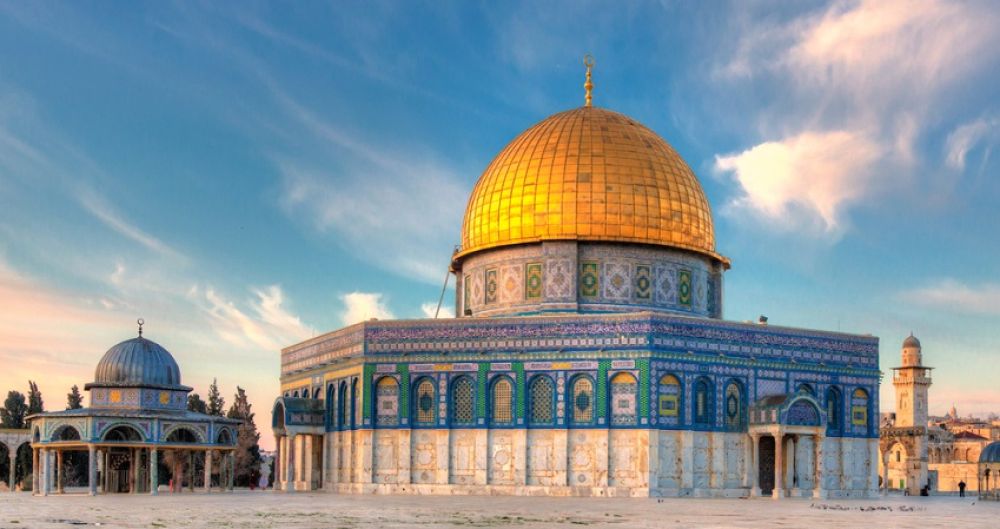

The Al-Aqsa Mosque in Jerusalem is a site of profound religious significance for Muslims, and a visit to this sacred place can be a deeply moving experience. The best time to visit the mosque is typically during the spring and autumn months, specifically from April to May and September to November. During these periods, the weather in Jerusalem is usually mild and pleasant, with fewer chances of extreme temperatures that are common in the summer and winter months. Spring sees the blossoming of flowers and an invigorating air, while autumn brings about comfortable temperatures ideal for exploring the Old City without the swelter of the summer heat. These seasons also avoid the heavy tourism traffic and ensure a more peaceful visit.
Understanding the Islamic calendar is also essential when planning a visit to Al-Aqsa Mosque, as religious festivals and events can impact accessibility. The holy month of Ramadan sees an increase in worshippers and may affect visiting hours for non-Muslims. Moreover, Fridays are particularly busy due to the weekly Jumu'ah prayers, so non-Muslims may prefer to visit on other weekdays. Visitors should also be mindful of the prayer times throughout the day, as the mosque is closed to tourists during these intervals. Respecting cultural and religious practices by dressing modestly and conducting oneself with reverence is crucial when visiting this holy site.
| Month | Min Temp | Max Temp |
|---|---|---|
| January | 4 °c | 11 °c |
| February | 4 °c | 13 °c |
| March | 6 °c | 16 °c |
| April | 9 °c | 21 °c |
| May | 13 °c | 26 °c |
| June | 16 °c | 29 °c |
| July | 18 °c | 30 °c |
| August | 18 °c | 30 °c |
| September | 17 °c | 28 °c |
| October | 14 °c | 24 °c |
| November | 9 °c | 18 °c |
| December | 6 °c | 13 °c |